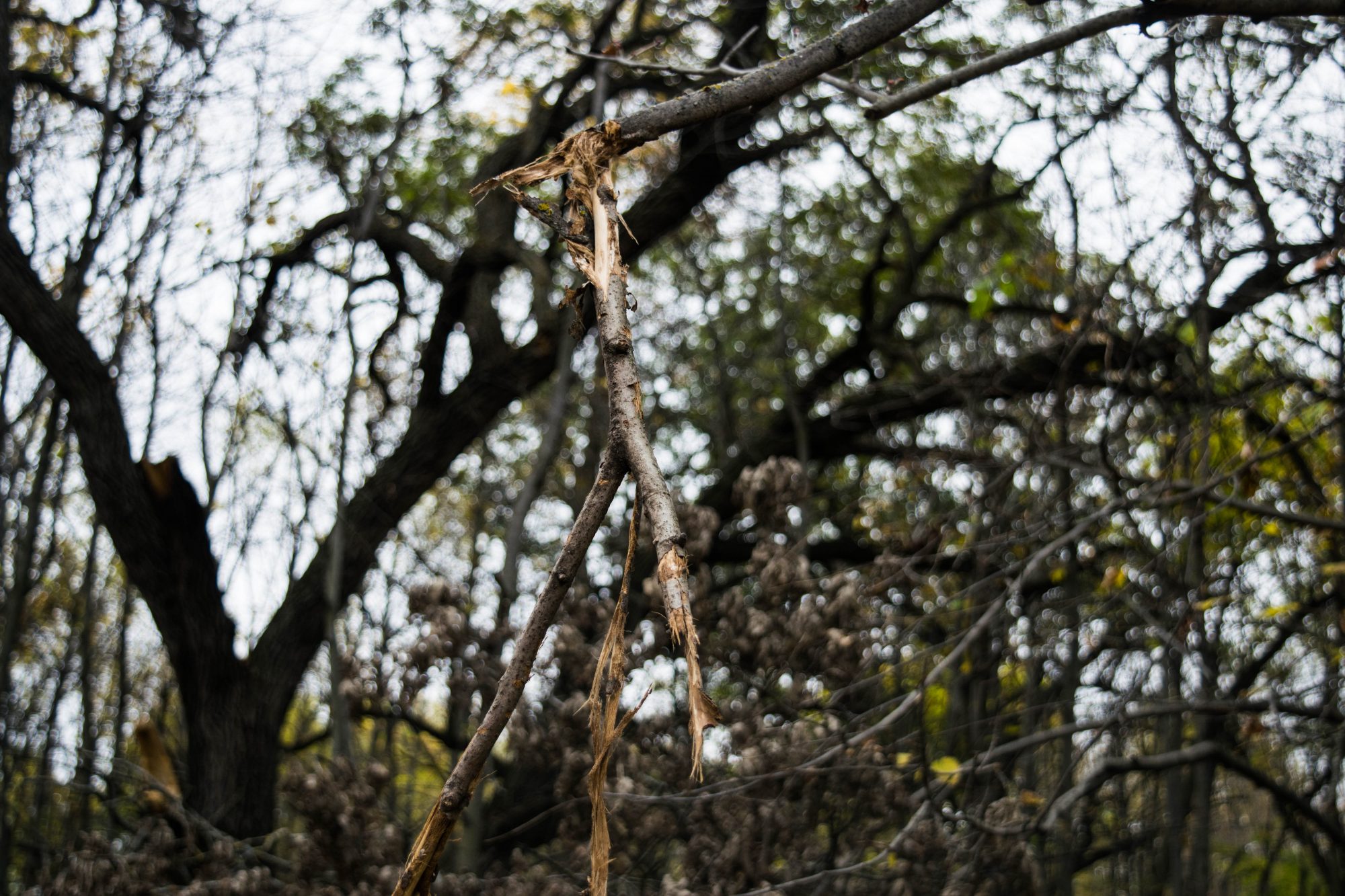Scrapes are a highly talked about commodity in the world of deer hunting. Though bucks are using scrapes for communication purposes throughout the entire year, late October/early November is when they’re hitting them most frequently, opening up the ground, and it gets every bowhunter excited.
How Do You Know What Kind of Scrapes to Hunt?
As scrapes start popping up potentially anywhere, you might not know the difference between what scrapes to hunt, or what they really mean. First off, any field edge scrape is mostly going to be worked during the cover of darkness. This isn’t 100% obviously, as nothing in deer hunting ever is. But it’s a general rule that I usually go by. If I’m in an area, I’ll sometimes put up a trail camera over a field edge scrape though, just to see what bucks might be in the area.
What I am looking for, and what I think can be a great hunting setup, is locating scrapes near bedding areas. If you can identify potential bedding spots through map scouting, what I’ll do is scout the fringes of those bedding areas. I’m not going to bulldoze right through to them, but on the outskirts of those bedding areas, if you can locate a scrape, that could be a spot that a buck will visit in daylight.
 A licking branch that’s completely destroyed over an active scrape.
A licking branch that’s completely destroyed over an active scrape.
When Do You Hunt These Scrapes?
Once you’ve found a scrape that is back in the timber and close to bedding, the next question is figuring out when to hunt it. If you can’t hunt right away after locating it for whatever reason, my first recommendation is throwing a trail camera up over the scrape. I won’t wait long to check it though. If you wait too long before you check the camera, the data you gain from it could be irrelevant.
Other than that, I like to hunt scrapes that are close to bedding before the rut really kicks in. Odds are if a mature buck is using that scrape, he’ll continue to do so until he starts seeking out does. Once that starts, everything pretty much becomes a crap shoot. But before the rut ramps up, a buck that has been visiting a scrape frequently is killable.
Hunting Away from a Scrape
If you are able to locate a primary scrape in a buck’s core area or near a bedding area, it’s not always a surefire thing that it’s going to be visited in daylight. But, if you have security cover downwind of it, this could also be a great spot to hang a stand. Even if a buck completely ignores visiting the scrape, a mature buck probably will cruise downwind of it, especially if it is in a secure area for him. If you set up somewhere in the realm of forty, fifty, or even sixty yards of the scrape, you might be in for a good encounter.
Fresh is KEY
No matter what situation you are in, when it comes to using scrapes as an actual hunting tool, and hanging your stand based on a scrape, it’s crucial if you want to be successful that the scrape is a fresh one. If it hasn’t been worked recently, you could simply be wasting your time hunting it. You should be able to see where they’ve pawed at the ground recently, or if there’s any recent licking branches that have been snapped. When you’ve got a fresh scrape in security cover, or near bedding, the time to act is now. When you’ve got a scrape that hasn’t been worked in quite some time, a buck might not be checking it out regularly enough to hunt.
Conclusion
At the end of the day, a big scrape gets any deer hunter excited. They can be a thrill to find, no doubt about it and they serve as a great tool to gather trail camera photos. But if you want to actually hang a stand and hunt a scrape, the factors have to line up. If you take what’s been mentioned above, and find the right scrape to hunt, it could end up being a dynamite setup.











































